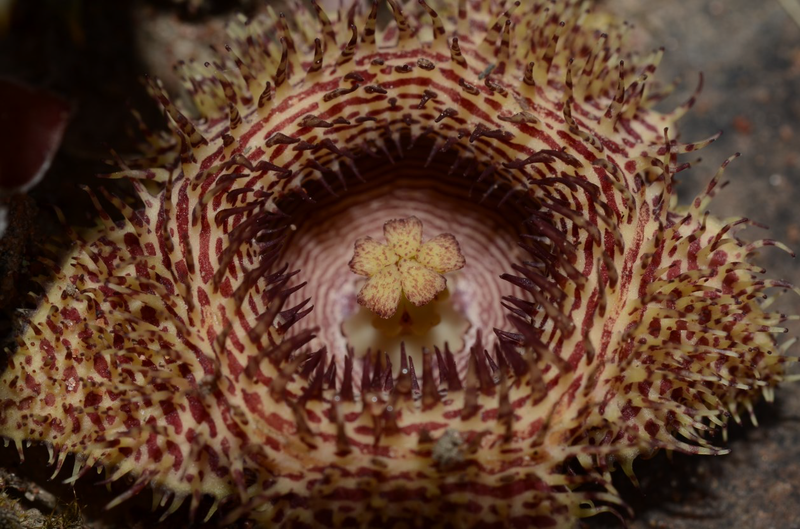Death and deception: The ecology and evolution of carrion flowers
Presenting person: Prof. Dr. Andreas Jürgens, Plant Chemical Ecology, TU Darmstadt, DE / School of Life Sciences, University of KwaZulu-Natal, South Africa (Homepage)Th. 2017-11-23 (12:00-13:30)

Floral mimicry is gaining increasing attention because these system provide excellent examples how plants exploit the pre-existing sensory or cognitive preferences of animals. For instance, to attract pollinators, carrion flowers exhibit bizarre, almost macabre, features: some flowers look hairy, imitating the body of a dead animal, some produce heat similar to that of a carcass, and almost all of them emit a scent reminiscent of carrion or dung.
It is now evident that the key for understanding the function of carrion flowers is the chemical composition of the floral scent. To attract specific pollinators different species produce exclusive chemical signals to lure them to their flowers. The convergent evolution of specific scent patterns among angiosperms pollinated by saprophilous insects appears to reflect exploitation of the pre-existing olfactory adaptations and preferences of these insect for different types of decomposing plant and animal material. These scent patterns reflect the importance of universal infochemicals that serve as indicators for the main nutrients utilised by saprophagous, coprophagous and necrophagous animals.
***
invited by Ulrich Meve, Plant Systematics
Export as iCal:

